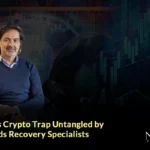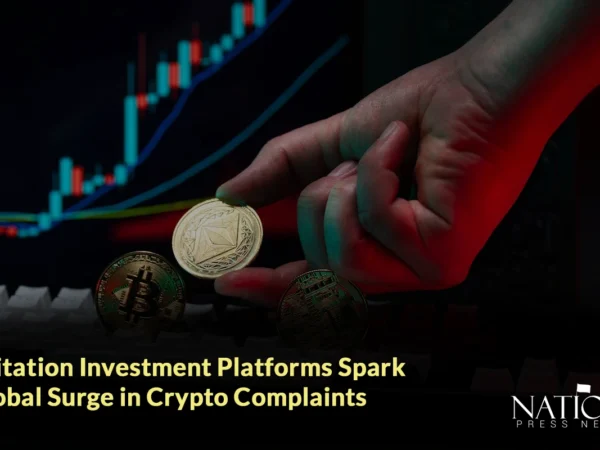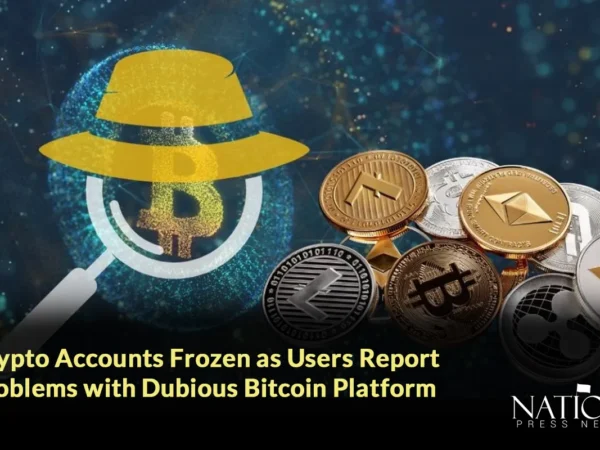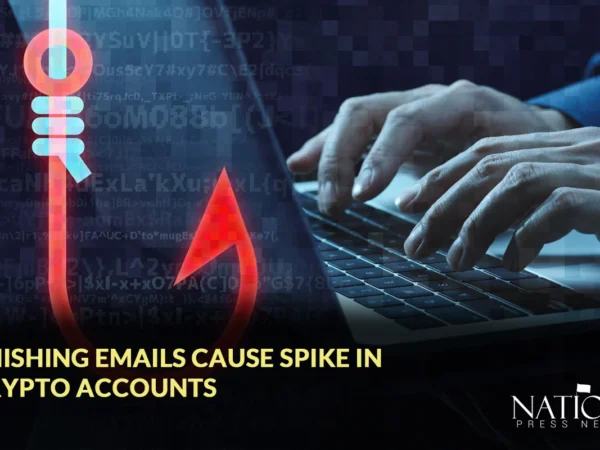Case Study:- From Scam to Salvation: Retiree’s Comeback Story
Sacramento, California, retired schoolteacher Patricia “Pat” Delgado, 66, had always managed her money prudently. Pat, who was known as much for her frugality and generosity as for her strictness, had allocated her money with care over the years to build a comfortable retirement and to give something to her grandchildren. Internet videos and news reports prompted Pat to explore online stock trading as a way of making her money worthwhile a few months following her retirement in late 2023.
The Role of Patricia in Scam
Patricia received an email newsletter advertising Global Market Insight Group, an apparent trading firm that appeared legitimate and claimed to offer customized portfolios of stocks for seniors. Beyond extensive FAQs and allegedly retired professional testimonials, the email had a link to a professionally designed website including real-time trading information, phone numbers, and video tutorials.
Patricia clicked on, and Thomas Kerr, a “senior investment strategist,” contacted her. Speaking respectfully and politely, he introduced the idea as a sound, secure investment strategy suitable for elderly people looking for income without incurring unnecessary risk. She started by investing $10,000 in a “Blue Chip Dividend Portfolio.”
She was given access to a dashboard where she could see her “profits” steadily increasing within weeks. Thomas maintained communication with her via emails and Zoom calls, describing the market and praising her for becoming proactive about her retirement. Patricia wired over $180,000, including a significant portion of her retirement savings, based on these assurances and the sight of significant profits.
But due to new SEC regulations, she was told she would have to pay a 12% “capital access fee” before withdrawing even $5,000 to fund a family vacation.
Subsequent fees were later instituted, such as a $3,500 wire transfer approval fee, a $4,000 compliance fee, and a “security validation” fee. After paying an extra $18,000 for these bogus fees, Patricia’s account dashboard became dysfunctional. The messages she wrote bounced back. The site disappeared. Thomas was nowhere to be found. The Cost in Emotions The aftermath was catastrophic. Patricia was consumed with guilt and shame, feeling that she should have doubted more. She began showing symptoms of despair, ceased going to family gatherings, and rarely ever picked up the phone. She had to reassess her lifestyle and even delayed some of her scheduled medical procedures due to her financial loss.
Her self-esteem and well-being were greatly affected by the realization that her finances and trust had been so openly violated.
Patricia’s Journey to Seeking Help
Patricia found many individuals praising the National Crypto Helpline while reading a Reddit post about online investment fraud. She tentatively reached out despite her initial hesitation—she was scared of a promise broken once more.
She was struck by being addressed by a soothing, patient voice that validated what she had been through and outlined their open healing process rather than yet another sales presentation.
Step 1: Evaluation of the Case and Prospects for Recovery
Patricia was matched with an experienced fraud recovery expert. They reviewed her emails, transaction records, and screen shots in tandem. The specialist confirmed that this was a classic example of a high-yield investment scam pretending to be a professional trading firm based on the organized data and ancillary documentation she provided.
Step 2: Monitoring the Money
A forensic investigation was initiated immediately. Patricia’s money trail was followed by the team through various intermediaries, such as cryptocurrency purses, overseas shell accounts, and person-to-person exchange websites, based on blockchain forensics and bank network analysis. Each step was traced and added to an evidence file.
Step 3: Plan a strategic action plan
The Helpline’s cybercrime and legal team identified the wallet addresses involved, reached out to the concerned exchanges, and prepared joint reports with financial regulation and criminal enforcement. A European cyber task force following similar schemes was also engaged.
Step 4: Recuperation and Settlement
Patricia regained more than $143,000 of her lost funds after 14 weeks of concerted work. It was not the whole amount, but it was enough to stabilize her finances and restore her feeling of independence. To help rebuild her retirement prospects with greater strength, she was also introduced to a neighborhood financial planner and a trauma-informed counselor.
What Patricia’s Story Can Teach Us
Scammers Prey on the Vulnerable: To build confidence, they use practiced looks and emotionally intelligent language.
Legitimate Businesses Don’t Make You Pay to Withdraw: Surprise compliance, tax, or verification fees before you get your money are warning signs.
Warning Signs of Pressure and Urgency Patricia was told she had to “act now” in order to miss out on the deal—typical manipulation.
Cross-verifying is necessary; do not solely rely on what is offered by the other party. Use external resources to verify their authenticity.
Record everything: The case of the recovery team was boosted by every email, call record, and transaction.
Patricia’s Last Comment
“I thought I was being responsible by topping up my finances so as not to further burden my children. I was taken advantage of. I got more than my money back from the National Crypto Helpline; they also gave me insight, peace, and the tools I needed to rebuild.
Advice for Victims
Don’t keep quiet if you or someone close to you have been swindled by an online investment scam, be it through stocks, cryptocurrency, or forex. When recovering from investment fraud, every moment counts. Talk to professionals who are ready to deal with even the most sophisticated schemes, like the National Crypto Helpline.
In summary
Patricia’s tale is a tragic warning that even responsible, vigilant individuals can become victims. Yet it is also a testament to the power of swift action and professional intervention. Though scammers are more sophisticated, so too are those seeking to stem their tide.
Remain alert. Question. Most importantly, know that healing is possible.







